Helmet kabuto
A kabuto 兜 helmet of the suji bachi 筋鉢 type, consisting of 62 precisely riveted, narrow, ribbed lamellae that run along the outside of the kabutonohachi 兜鉢 dome. This has a complex shape, especially in the upper part, where the lamellae flow together into the central opening, above which is the five-tiered ornament tehen 天辺, composed of ornate copper rings. On the frontal part there is a protruding attachment on which the samurai placed the three-dimensional heraldic symbol of the clan or the lord he served. The four hanging lamellae that form the neck guard shikoro, have a special wavy, jagged surface created by the use of various techniques of applying urushi lacquer to the metal lamellae. Between the individual ribs kiritsuke-kozane 切付小札 is an artfully woven silk ribbon that connects the individual lamellae. The top lamella, to which the remaining four are tied, ends in small temple shields fukikaeshi ... more
A kabuto 兜 helmet of the suji bachi 筋鉢 type, consisting of 62 precisely riveted, narrow, ribbed lamellae that run along the outside of the kabutonohachi 兜鉢 dome. This has a complex shape, especially in the upper part, where the lamellae flow together into the central opening, above which is the five-tiered ornament tehen 天辺, composed of ornate copper rings. On the frontal part there is a protruding attachment on which the samurai placed the three-dimensional heraldic symbol of the clan or the lord he served. The four hanging lamellae that form the neck guard shikoro, have a special wavy, jagged surface created by the use of various techniques of applying urushi lacquer to the metal lamellae. Between the individual ribs kiritsuke-kozane 切付小札 is an artfully woven silk ribbon that connects the individual lamellae. The top lamella, to which the remaining four are tied, ends in small temple shields fukikaeshi on either side. Only the lamellae that protect the neck are lacquered with urushi lacquer, and only the lower one is gilded.
Although almost all metal parts of most samurai helmets are lacquered, the metal parts of some of the highest-quality pieces of equipment were not classically lacquered, but masters achieved the desired stable appearance of a rusty patina on the surface of the tetsu sabiji 鉄錆地 metal by a special process. Considering the quality of workmanship and the refined design, this helmet could most probably be associated with the famous Saotome 早乙女 school of armour, or, more precisely, with the master Letsugo himself, who lived in the 17th century. Through family connections with the Myōchin family, he is considered the founder of the Saotome Nobuyasu 早乙女信康 school. The quality of products from the Saotome workshop was on a par with that of the Myōchin 明珍 family, so much so that this family is now considered the most famous and prolific in the production of high-quality armour and its components. (BŠ, BT)
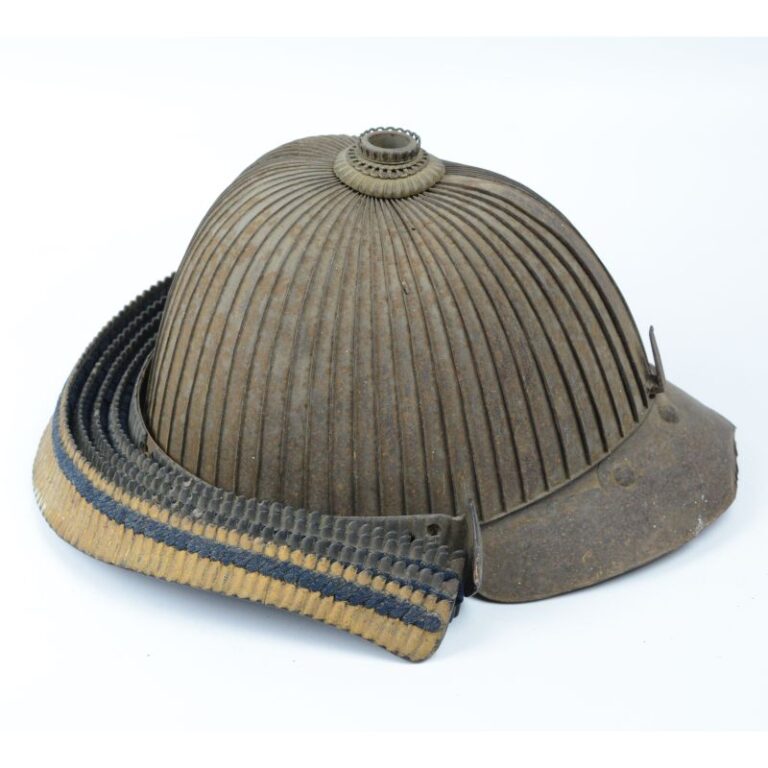

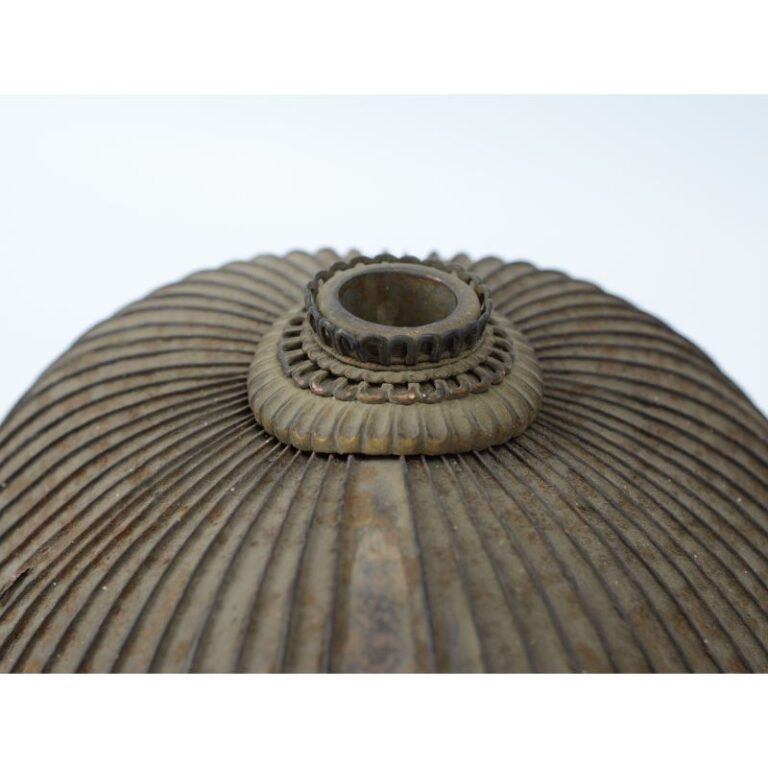

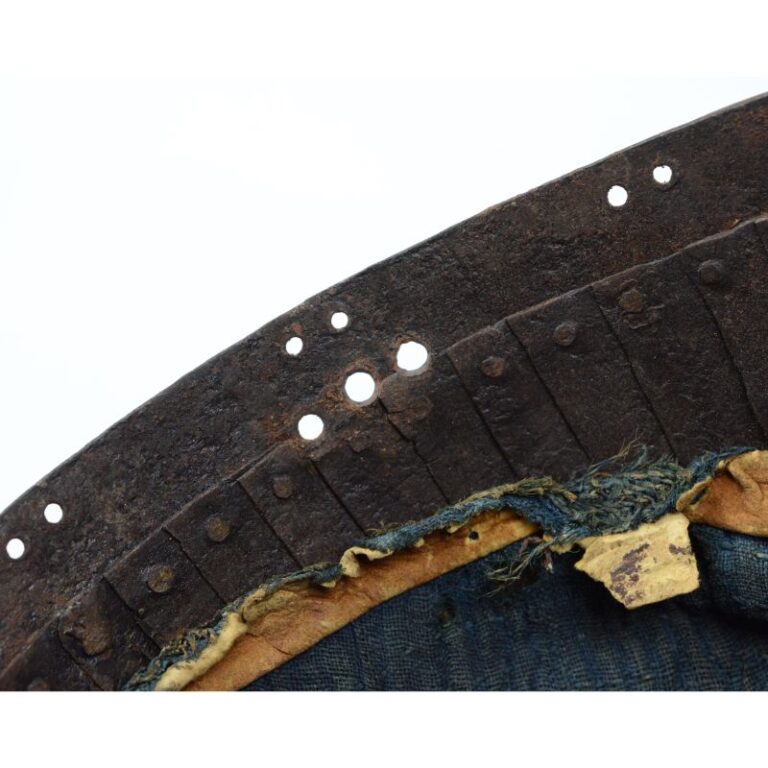


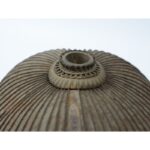
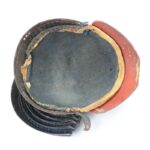
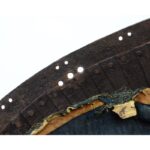









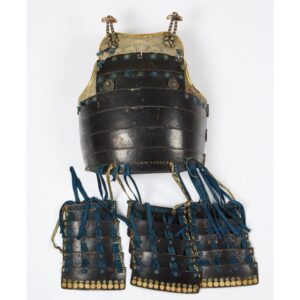

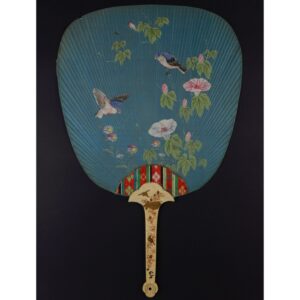

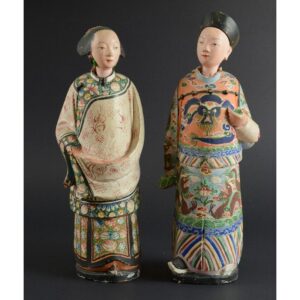
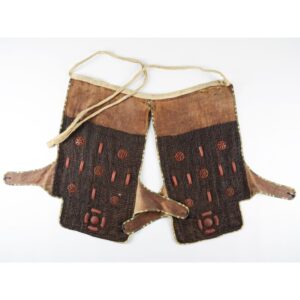




















Do you have a comment or additional information about the subject?